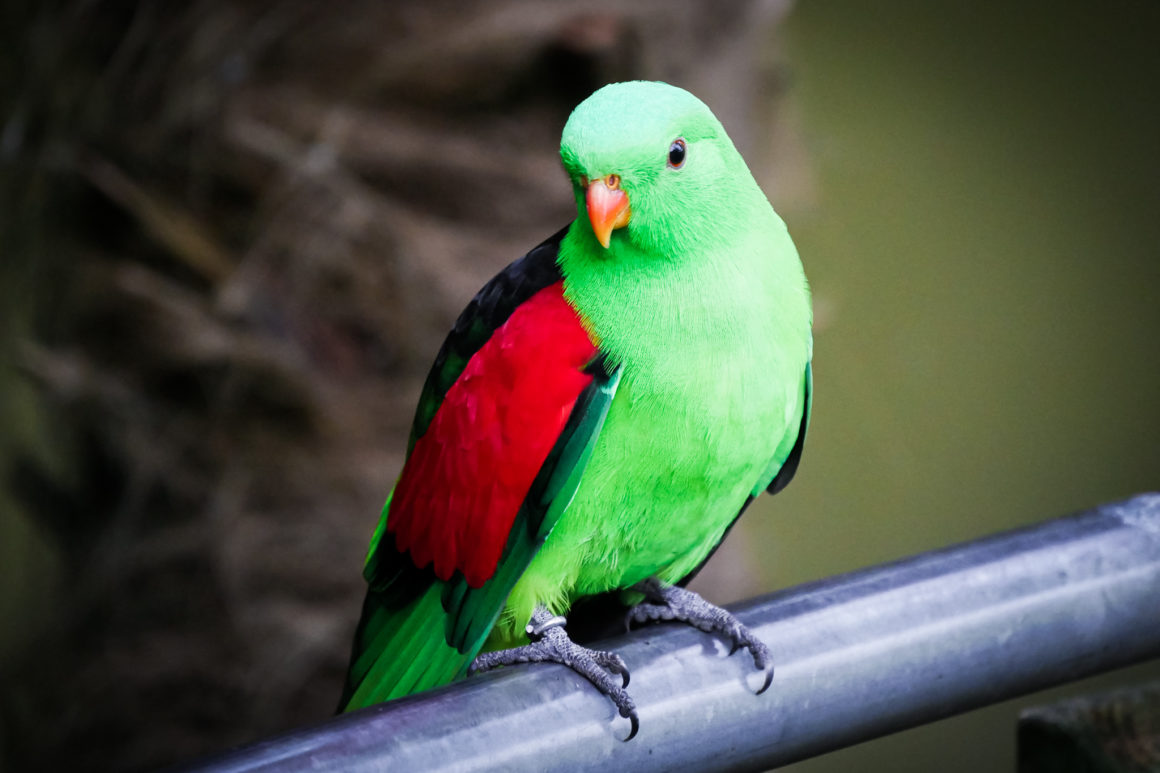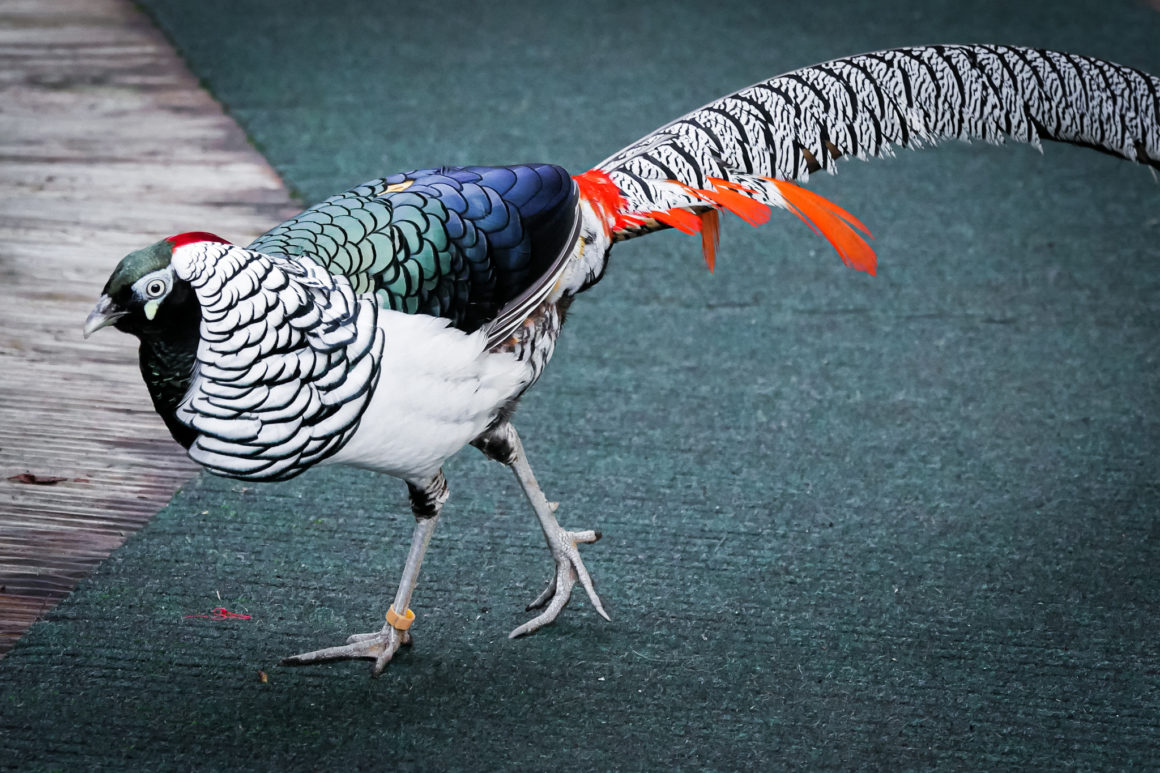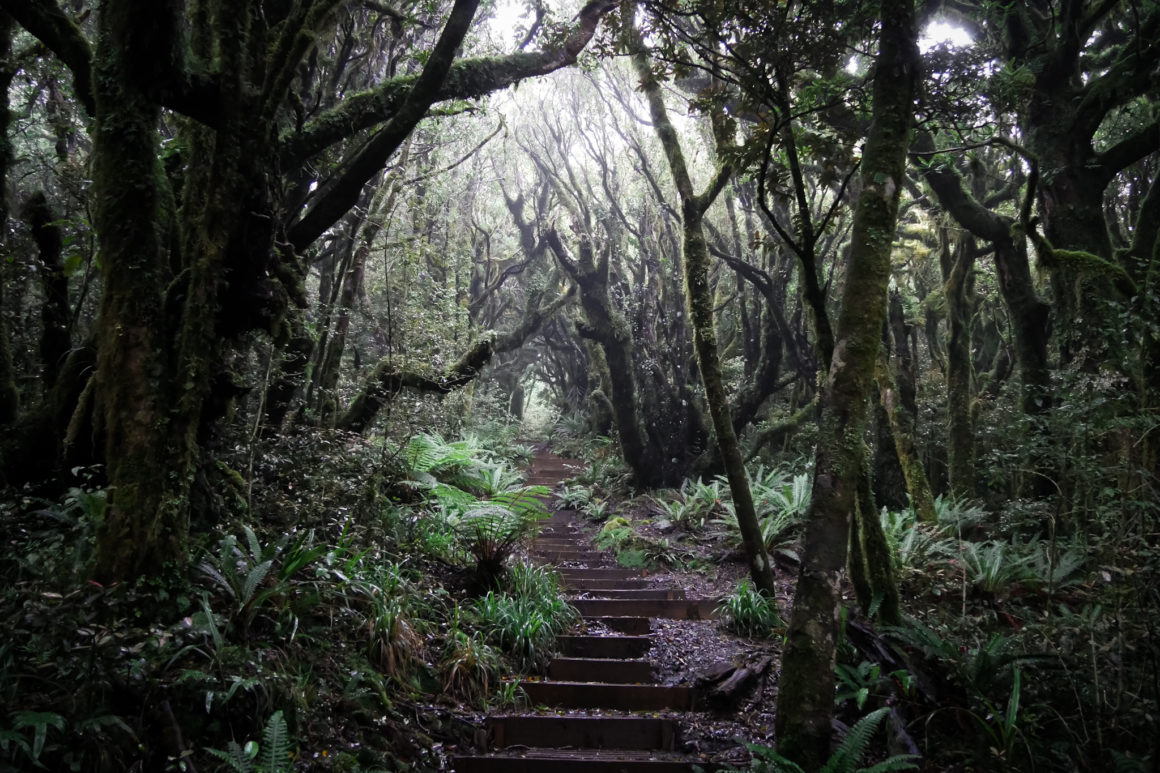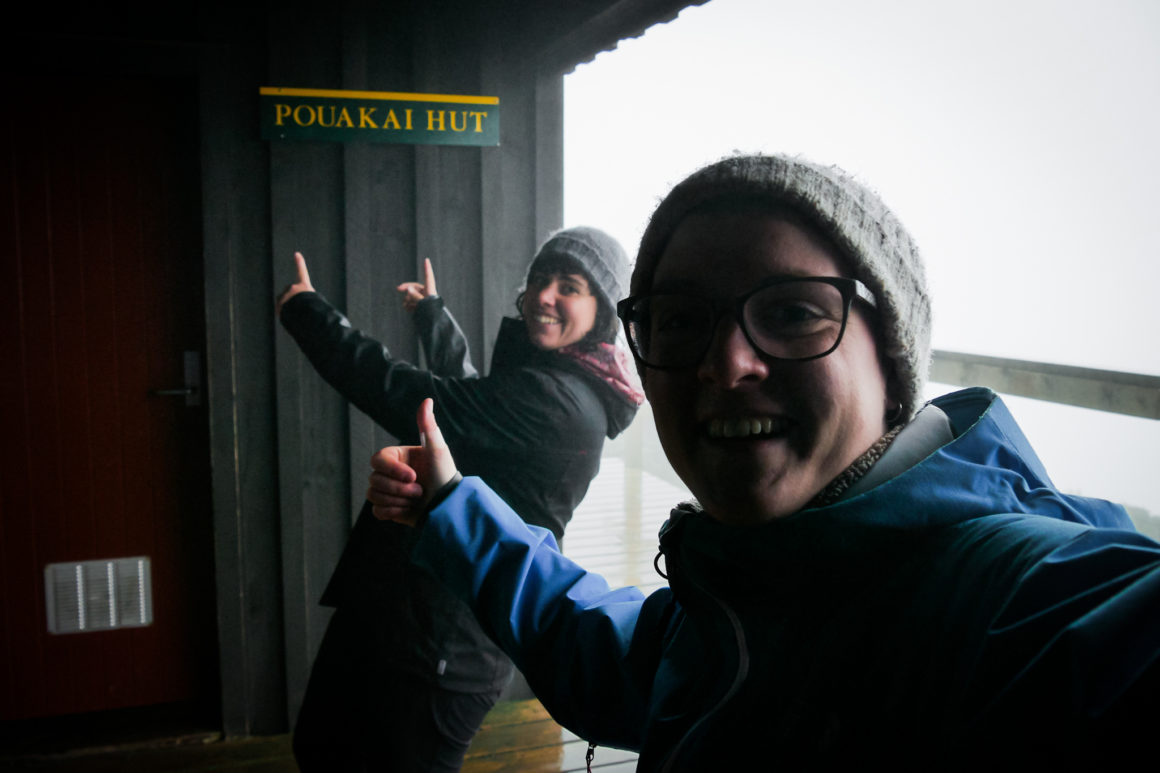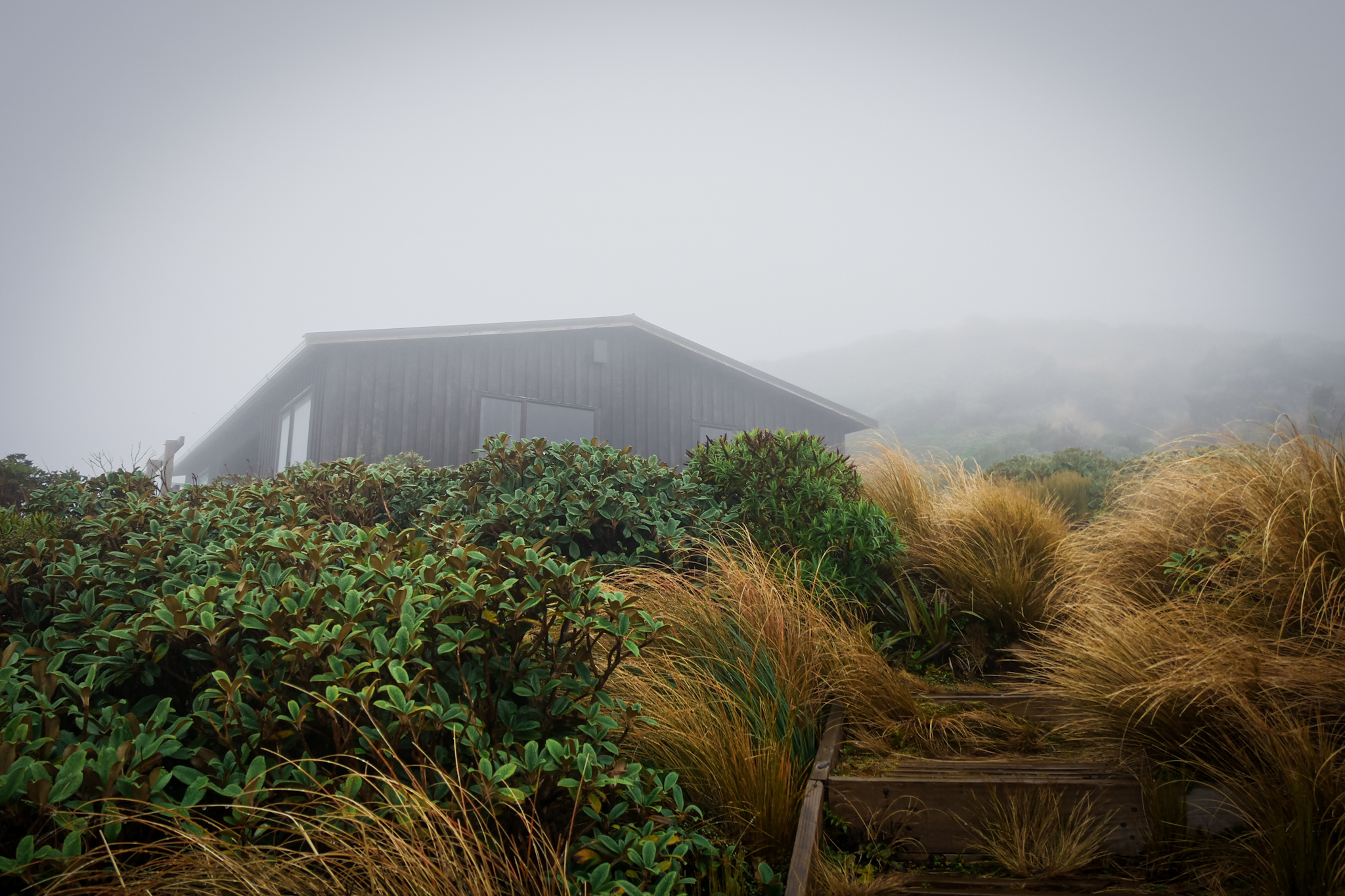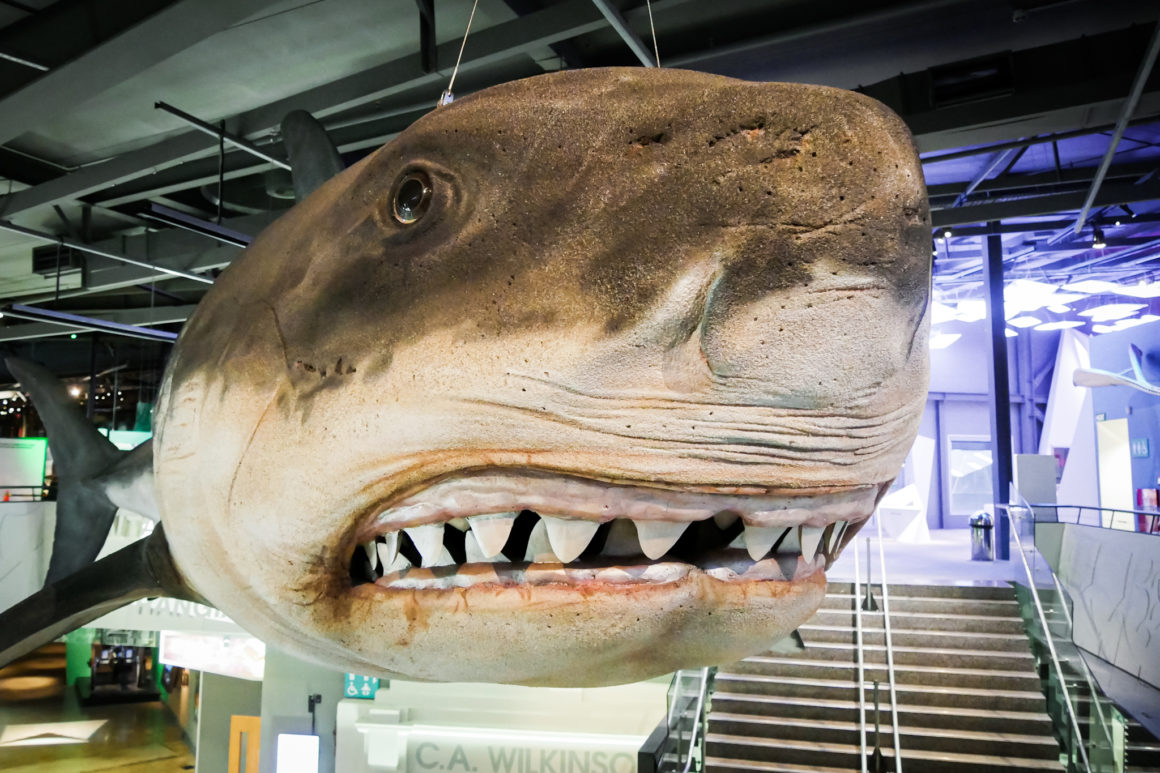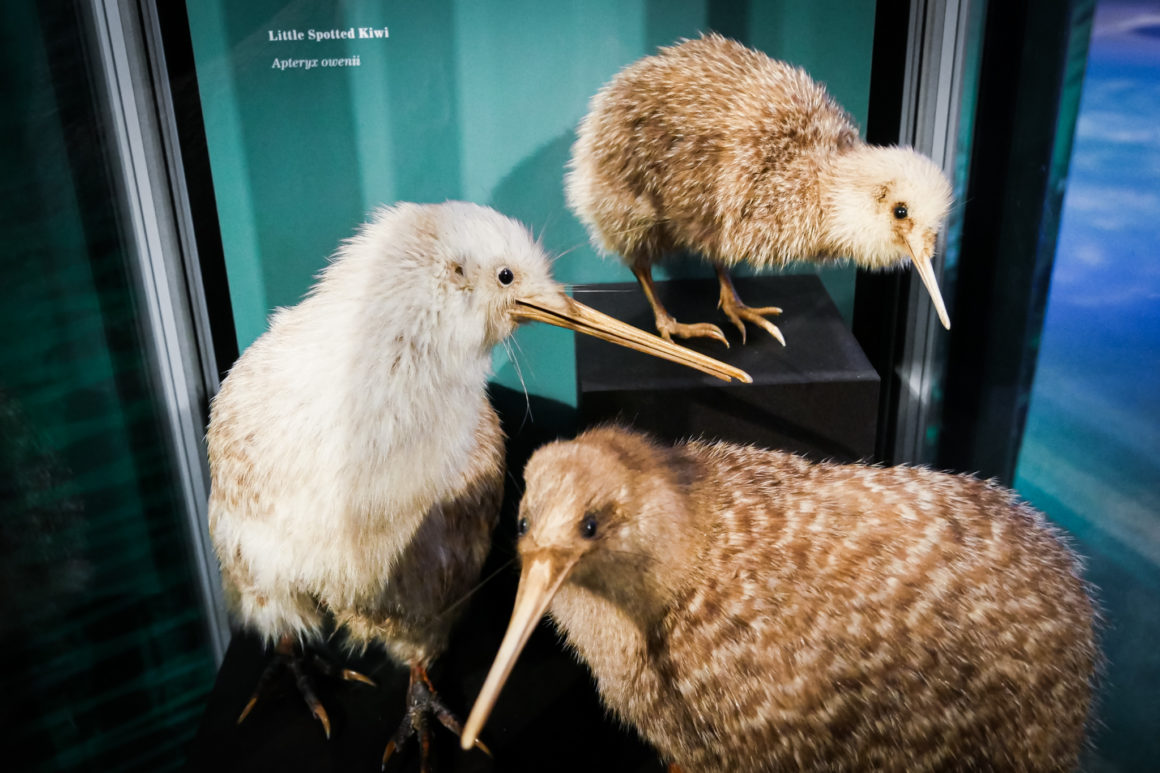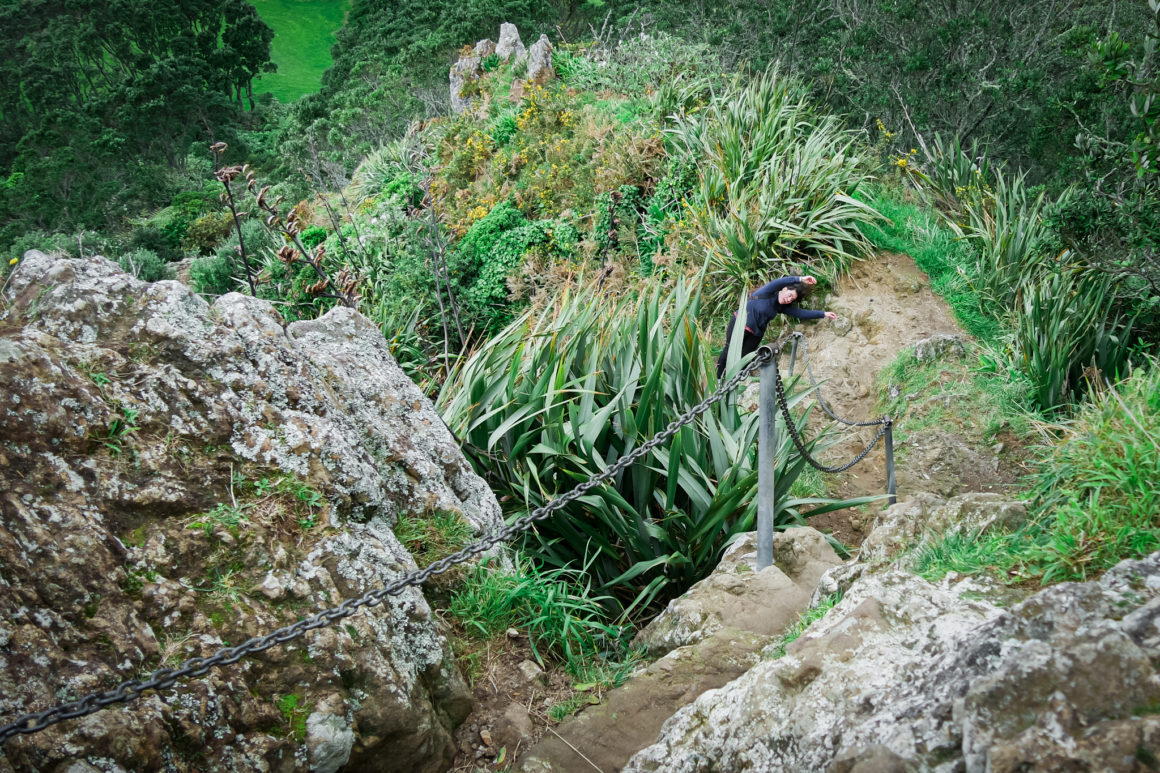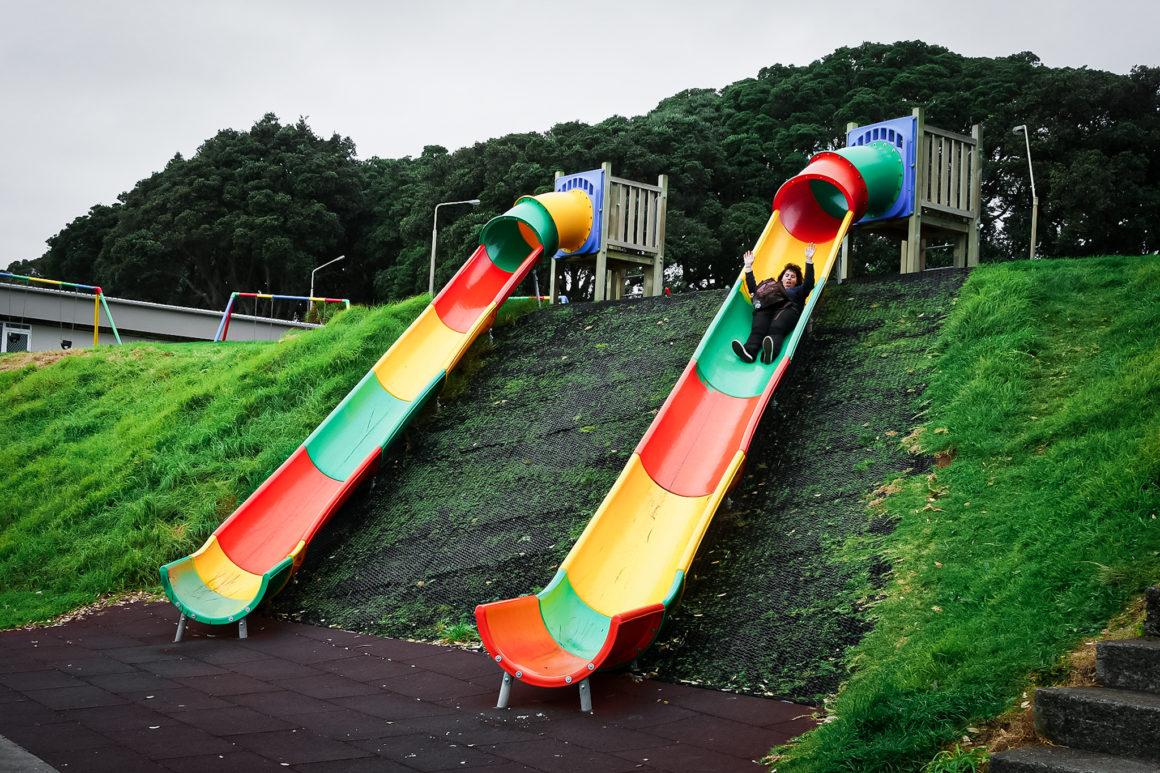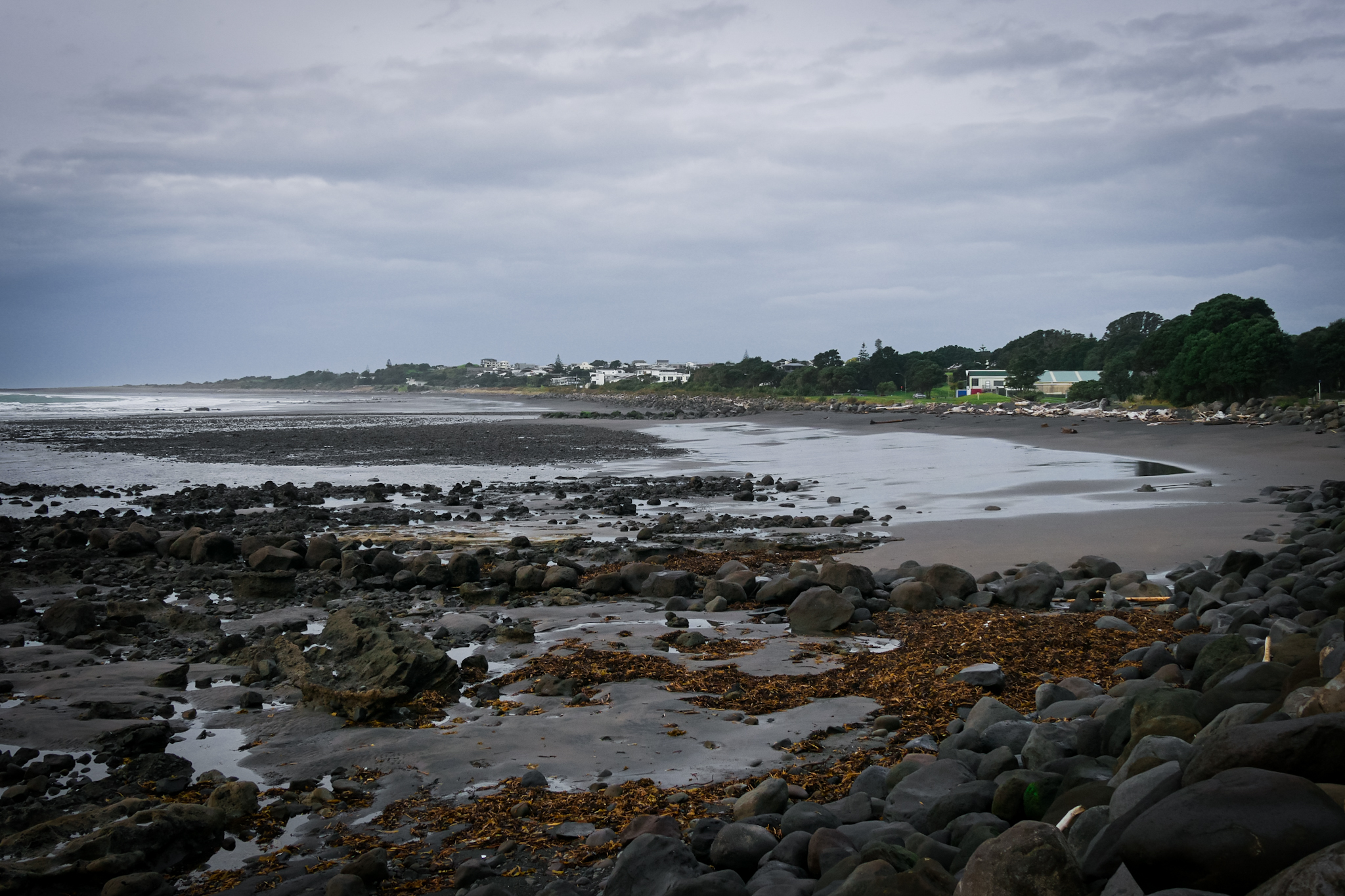DISPATCH
Depart from Waitomo to reach New Plymouth on the West Coast. The Maori settled in the Taranaki region, where New Plymouth is located, from the 13th century followed by the English in the early 19th century. Of course this did not happen smoothly and many wars broke out during the whole second half of the 19th century. A few kilometers from New Plymouth appears, majestic in the distance, the Taranaki. Mount Taranaki or Mount Egmont is a potentially dangerous solitary volcano with an almost perfect cone. It is nicknamed Mount Fuji from New Zealand and I can say that after seeing the two, the resemblance is striking (except that the Fuji-san is higher). A Maori legend explains in a very poetic way why Taranaki is alone in the region.
“The god Te Maunga o Taranaki (in english” Mount Taranaki “) once lived in the center of the North Island with the other gods Tongariro, Ruapehu and Ngauruhoe. The beautiful Pihanga was coveted by all the mountains, and a great battle broke out between them. Tongariro eventually won the day, inflicted great wounds on the side of Taranaki, and causing him to flee. Taranaki headed westwards, following Te Toka a Rahotu (the Rock of Rahotu) and forming the deep gorges of the Whanganui River, paused for a while, creating the depression that formed the Te Ngaere swamp, then heading north. Further progress was blocked by the Pouakai ranges, and as the sun came up Taranaki became petrified in his current location. When Taranaki conceals himself with rainclouds, he is said to be crying for his lost love, and during spectacular sunsets, he is said to be displaying himself to her. In turn, Tongariro’s eruptions are said to be a warning to Taranaki not to return.”
I arrive with a beautiful weather almost too hot for the season. My hostel is located on foot a good forty minutes from the center. Hard, especially with my backpacks. Fortunately I come across the owner of the hostel stopped at a petrol station on the road who offers to drop me off! Rid of my luggages, I go out to tour the city. I see the magnificent Taranaki in the background and, for some reason, forget to take photographs.
Pukekura Park is a very pleasant park with pretty little bridges of Asian influence. Located at the end of the park, the tiny Brooklands Zoo is free and has a great selection of colorful birds as well as backyard animals and monkeys including a small family of White-crested Tamarins. These are very small and very cute but seem to be very cold. My favorite part is the crossing inside the aviary. Superb parrots and parakeets welcome me under an avalanche of loud cries, including a superb Great Eclectus in its green dress and orange beak, who must be thinking he is a cat according to the sound he does. A colorful touch catches my eye and I set my eyes on a superb Amherst’s Pheasant who is walking quietly a few inches from me! The color of its feathers is extraordinary and the patterns on its collar are fascinating.
I then return to the center of New Plymouth to go for a walk on the coast but it is already getting dark. The tourist office is closed and I stay outside for a while to take advantage of the free wifi. A voice calls to me then. It is Pauline! The French woman I met in Rotorua! What a surprise ! We talk about our respective trips and decide to go hiking tomorrow on Mount Taranaki.
I meet with Pauline early the next day under cloudy weather. No Taranaki on the horizon, the day is starting badly. Torrential rain falls on us as we drive to reach the start of our ride. The weather is really unreliable in the region … Depart in the rain for a climb of about two hours in the bush to reach Pouakai Hut. From there, it takes about ten minutes to reach the Pouakai plateau and supposedly have a superb view beyond the Ahukawakaw marsh, of the Taranaki volcano. Given the weather, I have the impression that the photos are going to be a flop.
At least the climb is pretty. A superb forest with lush vegetation and filled with fabulous green mosses surrounds us. Two hours later, we arrive completely soaked and in fog at the Pouakai Hut. Let’s not give up hope, it can still clear up. Lunch inside and chat with a German guy who is also disappointed with the weather. At the end of an hour, we leave, the cold being too strong to be able to stay in the hut. We have to move. At least it stopped raining. But a very thick fog surrounds us. We do not distinguish pass five meters. Pauline and I still go up on the plateau above the hut to try to distinguish something but it is a waste of time. We see absolutely nothing. The Ahukawakaw marsh can be seen in front of us since the ground tilts to apparently form a cavity but from Mount Taranaki, no trace! This one has disappeared. We are looking in the right direction but it is completely invisible. No New Zealand Mount Fuji. The legend comes back to me: surrounded by clouds, the volcano mourns its vanished love. Greatly disappointed and railing against the weather, we descend by telling anecdotes about our personal lives. Back at the bottom, the sun welcomes us. What a pleasure to feel the warmth of the rays. But Mount Taranaki is still in the mist.
We return to the tourist office located inside the Puke Ariki center also housing a library and a museum. Processing emails, news and a few photos of the day then we go around the museum. A temporary exhibition is devoted to Twenty Thousand Leagues Under the Sea, the novel by Jules Verne, which I am currently reading! The coincidence is pretty incredible. A reconstruction of the Nautilus allows to immerse oneself in the universe and I take great pleasure in wandering around the passageways, the freshly read descriptions of the book in my mind. The first floor of the museum is devoted to the history of the region, which is very interesting and extensive, and the second floor is devoted to fauna, flora and geology. As usual, my favorite part is the one about birds. The more I learn about them, the more fascinating I find them. A short film tells the story of the magnificent critically endangered bird, Kokako. He has an extraordinary song resembling organ notes and blue jowls. Decimated by animals known in New Zealand as “pest animals” such as rats, possums and stoats, the population of Kokako was reduced to a single survivor some ten years ago. Called Tamanui, it was integrated into a conservation program to save the species from extinction. Today there are around 100 free-roaming birds distributed in sanctuaries protected from predators.
We meet Pauline and I again the next day to go for a walk along the Coastal Walkway. A path of a dozen kilometers along the seaside. Paritutu Rock, a cone of a hundred meters high marks the start of the journey. This is all that remains of one of the first volcanoes to appear in the region. The wind is crazy and the weather is gray. Two grandpas warn us that the climb of the cone is hard but without dangers. My god, these Kiwis are crazy. It is probably the most dangerous climb I’ve ever made! One hundred meters of extremely steep ascent with a second half using chains! Pauline and I did not go to the top. The size of the trail was ridiculous, a steep slope opened on both sides and the wind was likely to tip us over at any time. A young German girl who was climbing at the same time as us also abandoned. Overwhelmed by the danger of the open access ride and laughing at the experience, Pauline and I then set sail for the coast. Nothing too special along the Coastal Walkway. I despair of seeing the Taranaki again in the distance but the mountain is still invisible in the mist and clouds. Inwardly I hate not having taken photos when I arrived, the weather was perfect. The next day I leave New Plymouth, a taste of bitterness in my heart. Only the presence of Pauline brought a little joy to the gloomy mood. She decided to stay a few more days in the village and will tell me afterwards that the volcano had remained perfectly invisible. Its grief must have been great that days.

